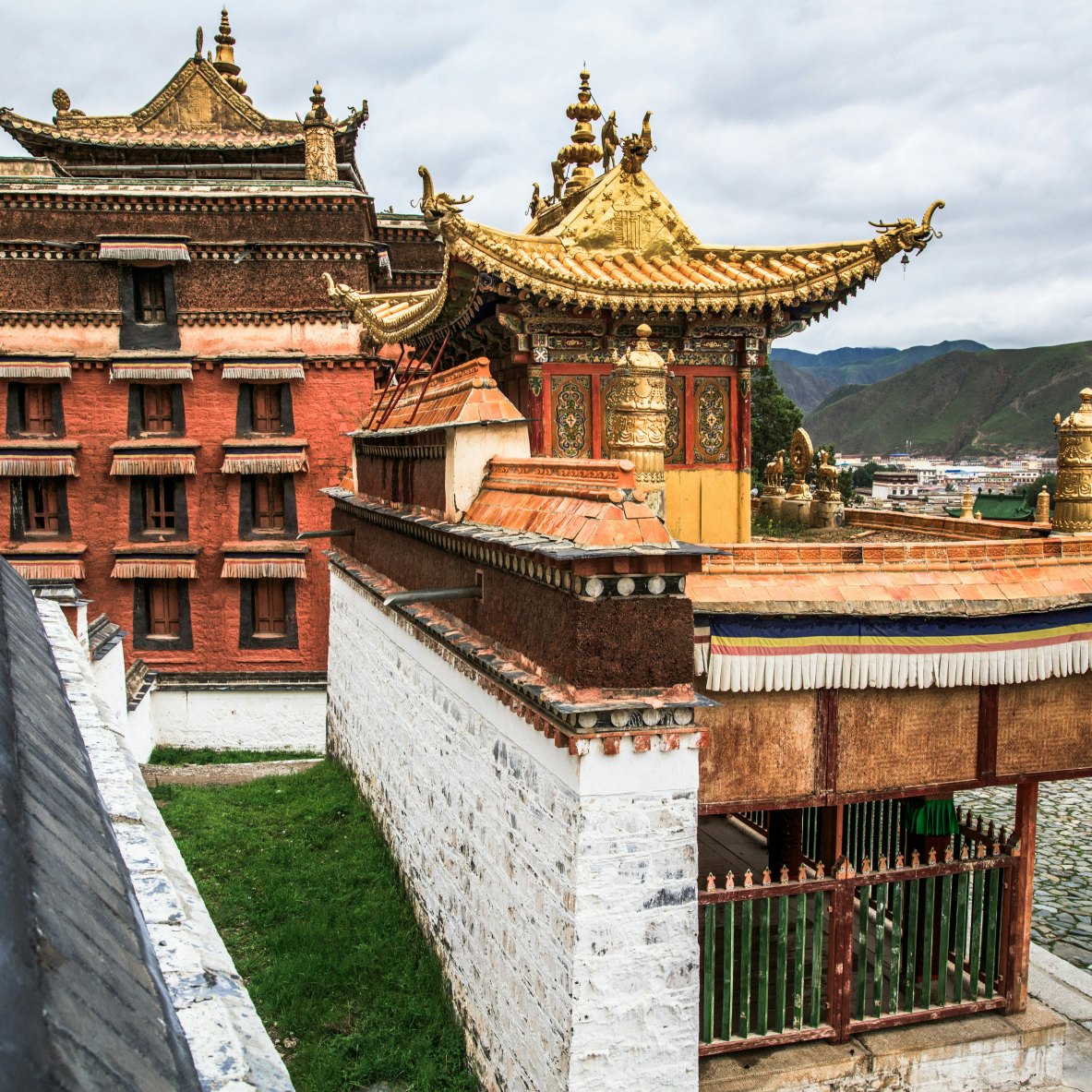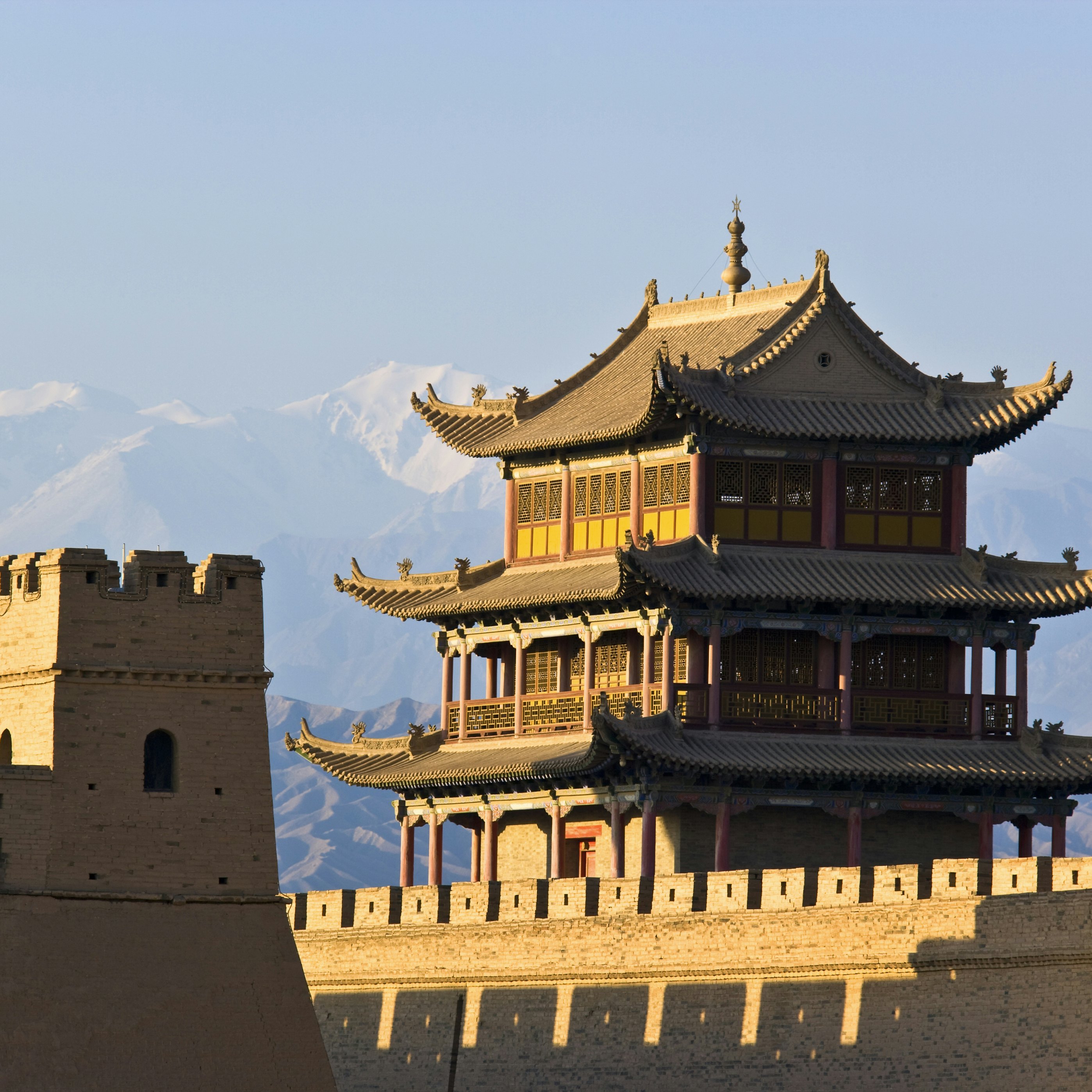
Overview
Synonymous with the Silk Road, the slender province of Gansu (甘肃, Gānsù) flows east to west along the Hexi Corridor, the gap through which goods and ideas once streamed between China and Central Asia. The constant flow of commerce left Buddhist statues, beacon towers, forts, chunks of the Great Wall and ancient trading towns in its wake. Gansu offers an entrancingly rich cultural and geographic diversity. Historians immerse themselves in Silk Road lore, art aficionados swoon before the wealth of Buddhist paintings and sculptures, while adventurers hike through desert rockland, ascend sand dunes and tread along high-mountain paths well worn by Tibetan nomads. The ethnic diversity is equally astonishing: throughout the province, the local Hui Muslims act as though the Silk Road lives on; in Xiahe and Langmusi a pronounced Tibetan disposition holds sway, while other minority groups such as the Bao’an and Dongxiang join in the colourful minority patchwork.
Plan your trip with Guide, an AI travel planner!
Create a personalized trip itinerary in seconds using artificial intelligence.
Must-see attractions
Get a book. Get inspired. Get exploring.
in partnership with getyourguide















